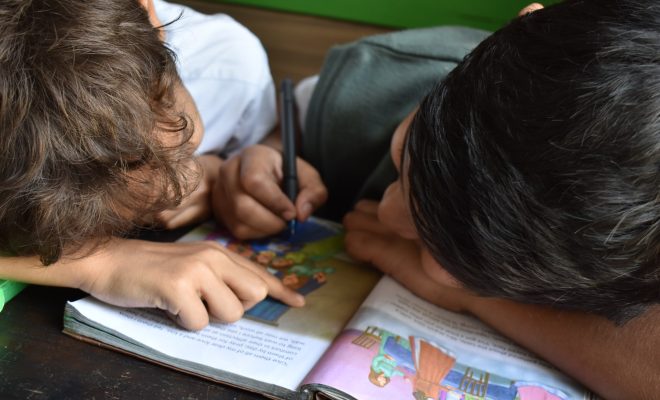5 Trends Disrupting Higher Education

Hospitality and travel aren’t the only sectors seeing disruption from new trends and emerging technologies.
Higher education has seen its fair share of disruption. In some cases, innovation is threatening the very model higher education is based on.
Here are five trends set to disrupt higher education:
Virtual Reality
A few years ago, MOOCs were a primary concern of administrators across the country because the promise they held threatened to replace campuses. That concern has waned because students prefer a more formal classroom setting to achieve.
However, the advancements in virtual reality threaten to pick up where MOOCs left off. Investment in virtual reality technologies in the classroom will allow VR to bridge the gap that separated MOOCs from traditional classrooms by providing the human connection students seek.
Skills Crisis
For years, millennials were pushed into higher education classrooms by their parents. The result has been a generation who is better educated than ever before, but who lack the skills to fill trade roles, creating a skills crisis.
As we acknowledge the need to learn trades and skills, more and more students who weren’t a good fit for the traditional four-year degree in the first place will see it as a viable option for a comfortable career.
Failing University Finances
Universities facing budget crises pass their rising costs on to students. Both public and private institutions have raised their fees by 28% and 27% respectively.
However, as students begin to see a smaller tradeoff between growing fees and well-paying jobs, more students will likely change their minds about the true value of a four-year education.
Better Options for Learning
At this point, it is well recognized that a strict classroom education doesn’t work for everyone. More importantly, many fail to emphasize learning outside the classroom.
Technological disruption has plagued higher education since the invention of the internet, but it’s not a trend that is going away anytime soon. While one swift technological swoop, like MOOCs, won’t kill higher education, little advancements and new products will take more and more students out of classrooms and give them a total education experience.
A Change in Funding
Rising costs aren’t the only thing affecting universities: the federal government has started to take a more hands-off role to funding universities, too.
Even Democratic administrations, which historically favor more public spending on education, have said universities need to sort out their finances if they want to stay afloat. These aren’t just words; many American universities generate more money from tuition fees than they do from public funds.
Whether you look at funding, teaching, or attendance, new trends are disrupting higher education as we’ve come to know it. How have you seen your universities change?






